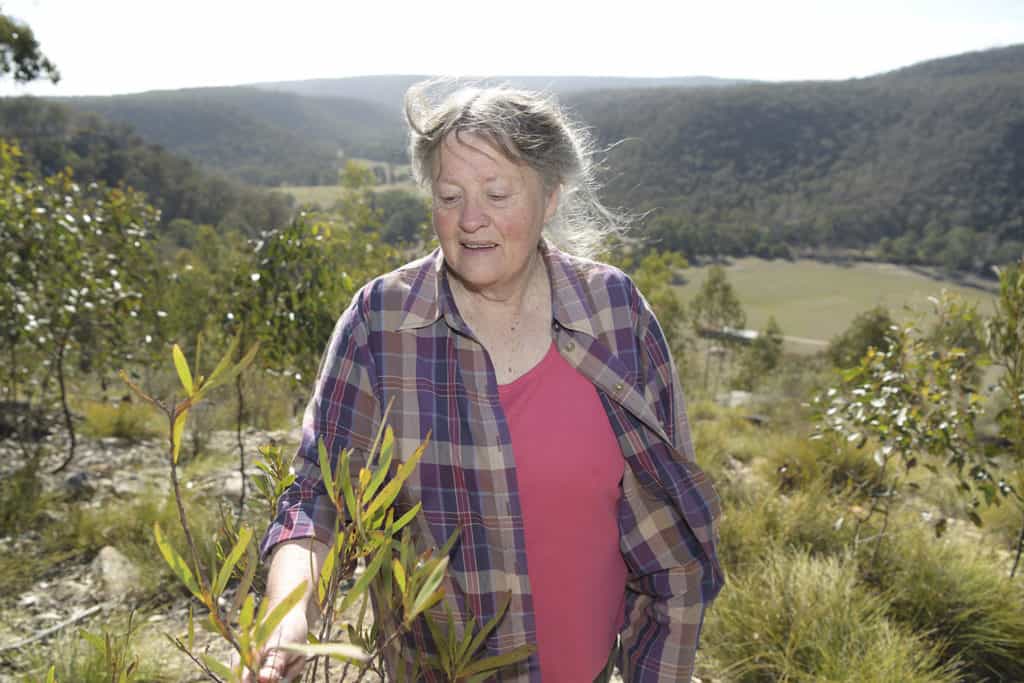Charlotte and her family own the Southern Highlands Koala Sanctuary at Canyonleigh, which was gazetted in 1997 as a wildlife refuge.

'Our property is a biodiversity hot spot of plants and animals.
We have wild emus nesting among native grasses, glossy black and gang gang cockatoos, wombats, gliders, possums, echidnas, kangaroos, wallabies, spotted-tailed quolls and, of course, koalas.
When we moved here in 1970, we had stock and grew vegetables. We put in farm dams, built sheds and a stone house with tanks for rainwater.
We have now de-stocked to help the forest to regenerate. This is our contribution to strengthening the linked-up landscapes of the Great Eastern Ranges Wildlife Corridor. This initiative keeps the Great Dividing Range vegetated, it encourages genetic diversity and allows threatened species, like the koala, to survive by helping them to move safely to find food, water and shelter during extreme weather events.
I realise now that being a landholder is a huge responsibility.
We also host environmental scientists here on the sanctuary. It started in the 1970s with Friends of Taronga Park Zoo staying here in an old hut above the cliffs. Scientists including government threatened species officers, wildlife ecologists, university vets and researchers, and Greening Australia staff all use the sanctuary as a research and field education venue.
Koalas in the Southern Highlands faced near local extinction due to a range of pressures including land clearing, poaching for the fur trade during colonial times and the Great Depression. But the koalas are breeding, and we now have the largest population in Southern New South Wales.
To secure a sustainable long-term funding stream for the property, we are creating The Southern Highlands Memorial Park. This will be a 10-hectare eco-friendly cemetery for people on the sanctuary. Memorial, ashes and burial plot areas are being designed to fit carefully into the landscape.
Our work talking to groups in the community and hosting researchers and their students on the sanctuary encourages others with practical ideas on how they too can help to value and protect these precious ecosystems for the future.
Living in a forest and seeing the animals in their natural habitat reminds me every day of how important it is for people to take steps to protect them. I realise now that being a landholder is a huge responsibility and I hope our work inspires and encourages other landholders to value and protect the ancient land that we are custodians of.'